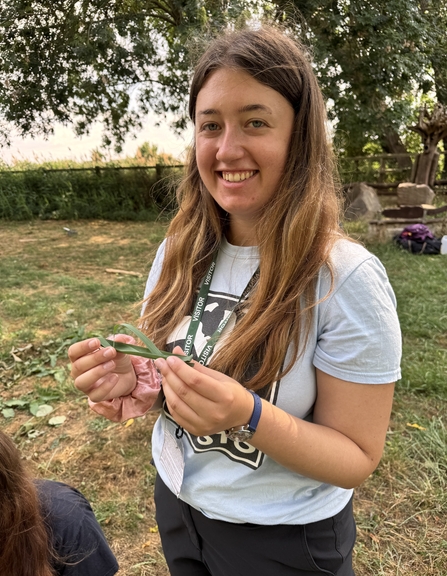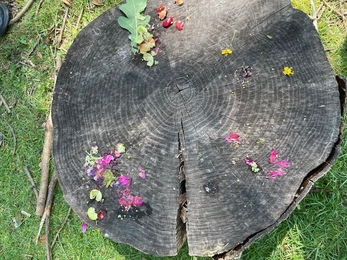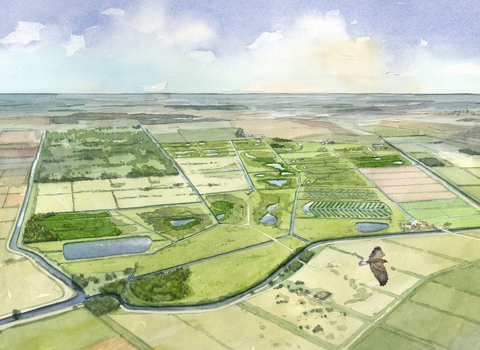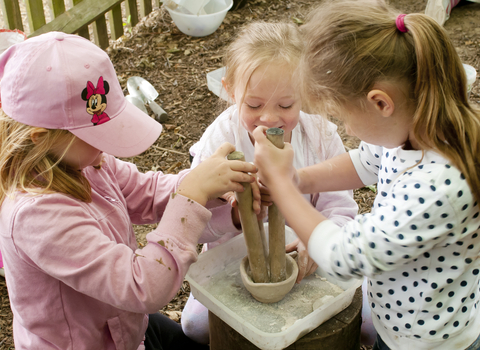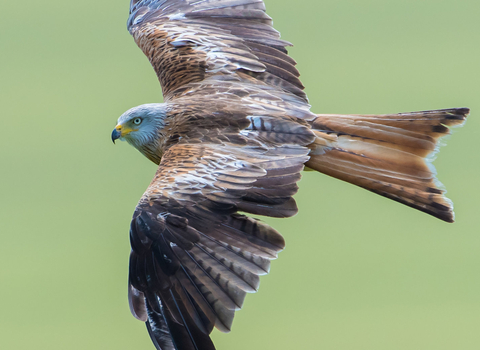Week 1
On my first day I had the opportunity to attend a guided walk exploring Woodwalton Fen in celebration of World Peatlands Day. It began with an engaging talk highlighting all the great projects the Wildlife Trust is involved in, aiming to restore wetlands and support biodiversity. Throughout the walk I enjoyed interacting with visitors and spotting some of the creatures that live in this unique environment.
In my first week I was also able to get involved with a Forest School session, which was an exciting and new experience for me. I helped some of the students create reed boats to float on the water, testing how different structures float or sink and which materials are best to use. Seeing the students' progress with their ideas, with so much creativity, was a particularly rewarding experience.

